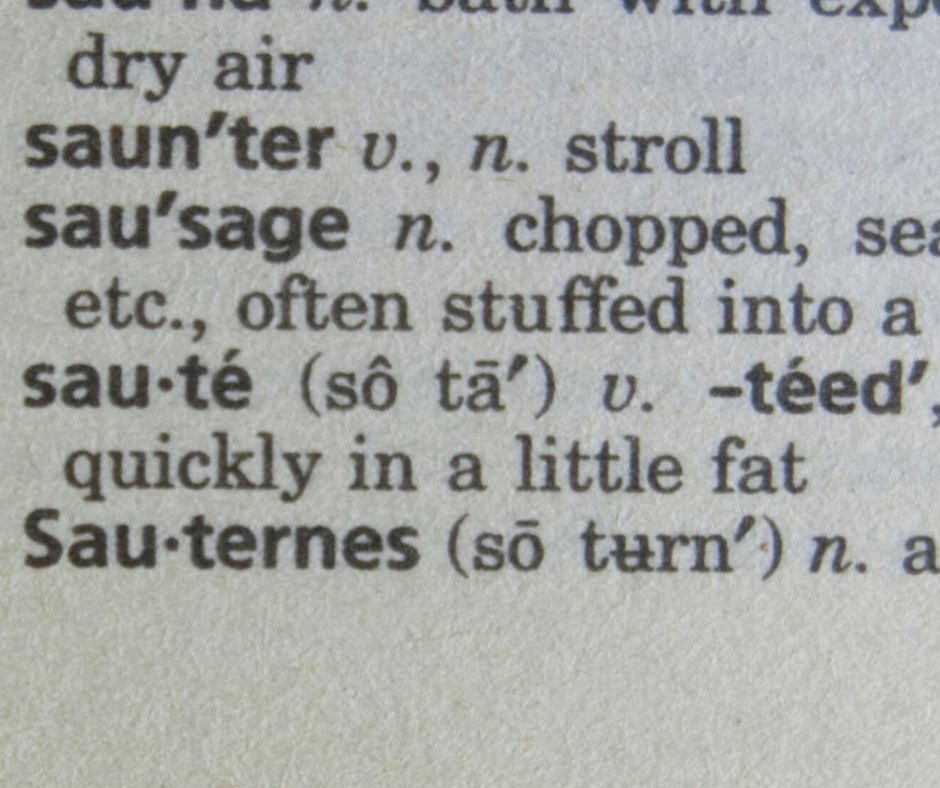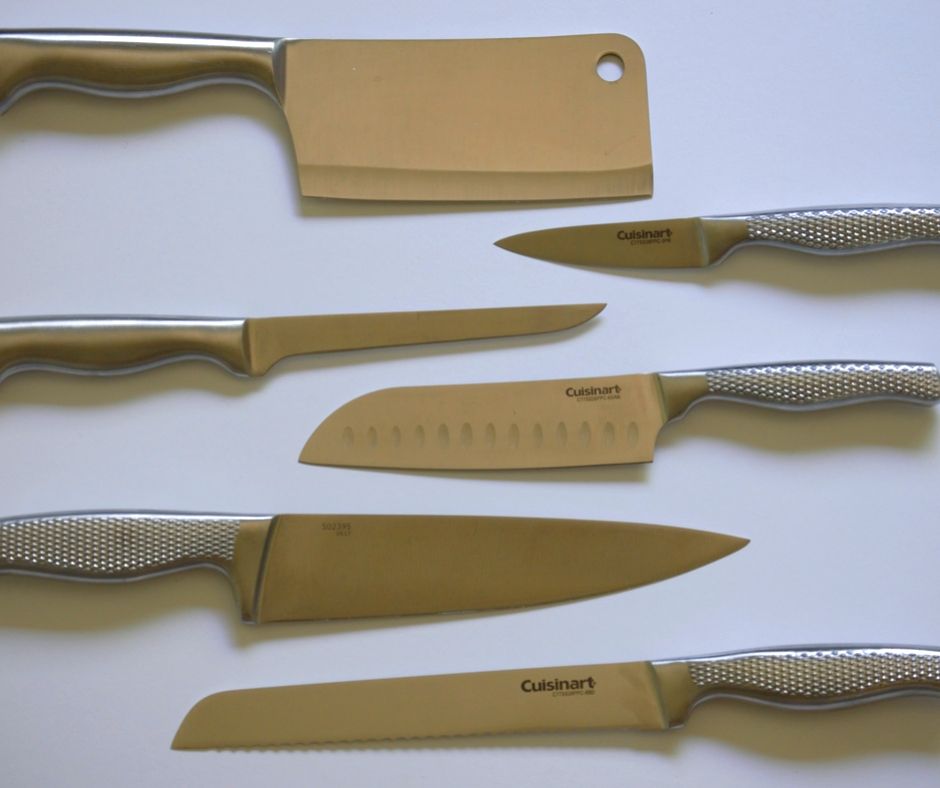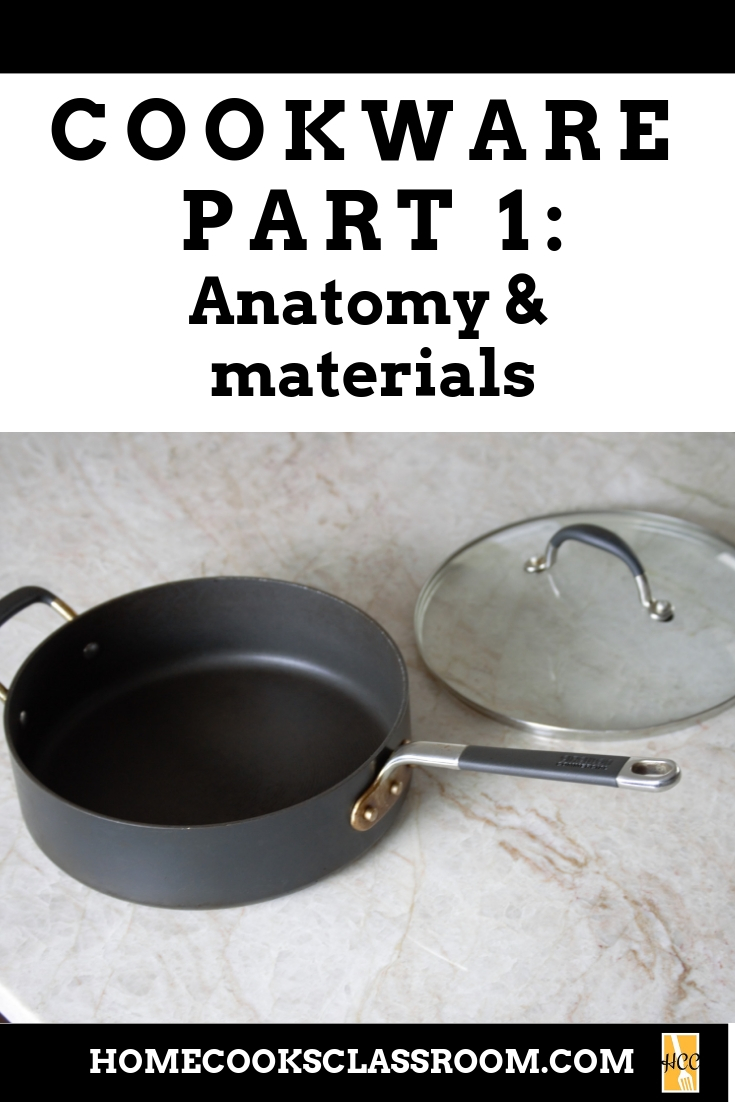
Hello class and welcome back to another installment in our cooking 101 series. Today’s topic, cookware. Just like our lesson on knives, this is such a vast topic that I decided it would be best if we split it up into two separate lessons. In the second part we will be focusing on the many different types of cookware used in the kitchen, but today I thought it would be best to consider three important things.
- What is cookware?
- The anatomy of cookware?
- Some of the pros and cons of the main materials used in making cookware?
What is cookware?
Chances are you already know what cookware is, it’s just that you have never heard called as such before.
In a professional setting, cookware is a term that describes any cooking vessel that is used in the preparation of food, specifically over a stovetop. However, we regular folk would typically refer to these items as pots and pans. And while I’m sure none of us will suddenly start using the term cookware instead of pots and pans, it is always good to expand our vocabulary.
Ok enough English lessons, let’s get back to the cookware.
Anatomy of cookware
While there are many different types of cookware, they all have general similarities in their anatomy.

Handle
- It should go without saying that handles are immensely important for cookware as they allow you to grasp, and move the pots & pans.
- Metal handles are more than capable of handling the extremely high temperatures of an oven. However, they can become hot to the touch and will require you to wear protective mitts or else you will get burnt. Trust me I know from experience.
- Wooden or hollow metal handles, on the other hand, are great at staying cool on the stovetop, thus allowing them to be touched without the worry of burning your hands.
Base
- The base is the actual bottom of a pan or pot.
- A good base is needed in order for the pan or pot to distribute heat evenly. A faulty base can create hot spots which will cook food unevenly
Body & coating
- The body of a pan or pot is the actual material of which it is made out of. Sometimes this body is covered by a stick-resistant material which is known as the coating.
- There is no universally superior material used to make the body of the cookware. All types have their benefits and weaknesses.
- Stick resistant coating can definitely make clean up a lot easier, however, cheap coatings are known to release small amounts of toxic fumes when exposed to too much heat over a long period of time.
Sides
- The sides of cookware often determine whether or not it is considered a pan or a pot.
- High straight sides, which are more common on pots, help in retaining liquids and thus are great for making soups/stews, deep frying, and for braising.
- Low and or flaring sides assist in the evaporation of liquids which makes them great for reducing sauces, and for pan-frying.
Lids
- They allow the cookware to retain more heat, thus you can keep things boiling/simmering on a lower setting.
- They retain liquid, which is great for when you don’t want whatever you are cooking to reduce and thicken.
- Clear lids are my personal favorite because they allow you to look inside the cookware.
Materials
There are a number of different materials that are used to make cookware. Below I have listed the Pros and Cons of each.
Ceramic – While this isn’t the most common of material used in making cookware it can still be found in some parts of the world. Most notably the tagine of northern Africa.
Pros
– Almost all ceramic cookware features a nonstick coating that is bonded to the ceramic itself.
– Unlike Teflon which is a common nonstick coating used on metal cookware, the coating on ceramics is nontoxic.
– Just like all other types of cookware with nonstick coating, ceramic is easy to clean.
Cons
– Ceramic while tough, still isn’t metal and can break easily.
– While ceramic cookware can withstand most temperatures its coating is susceptible to damage when exposed to extremely high temperatures for an extended period of time.

A Moroccan tagine made of ceramic and is coated
Aluminum – This is one of the more common types of materials used in modern cookware, however, it can have issues by itself and is often coated.
Pros
– It is an extremely lightweight material.
– One of the main reasons why it is so popular is the fact that it is very affordable.
– Aluminum is an excellent heat conductor, that won’t suffer from hot spots.
Cons
– Aluminum by itself can discolor some foods, and impart a bitter taste. However, if it is coated then it won’t suffer from these flaws.
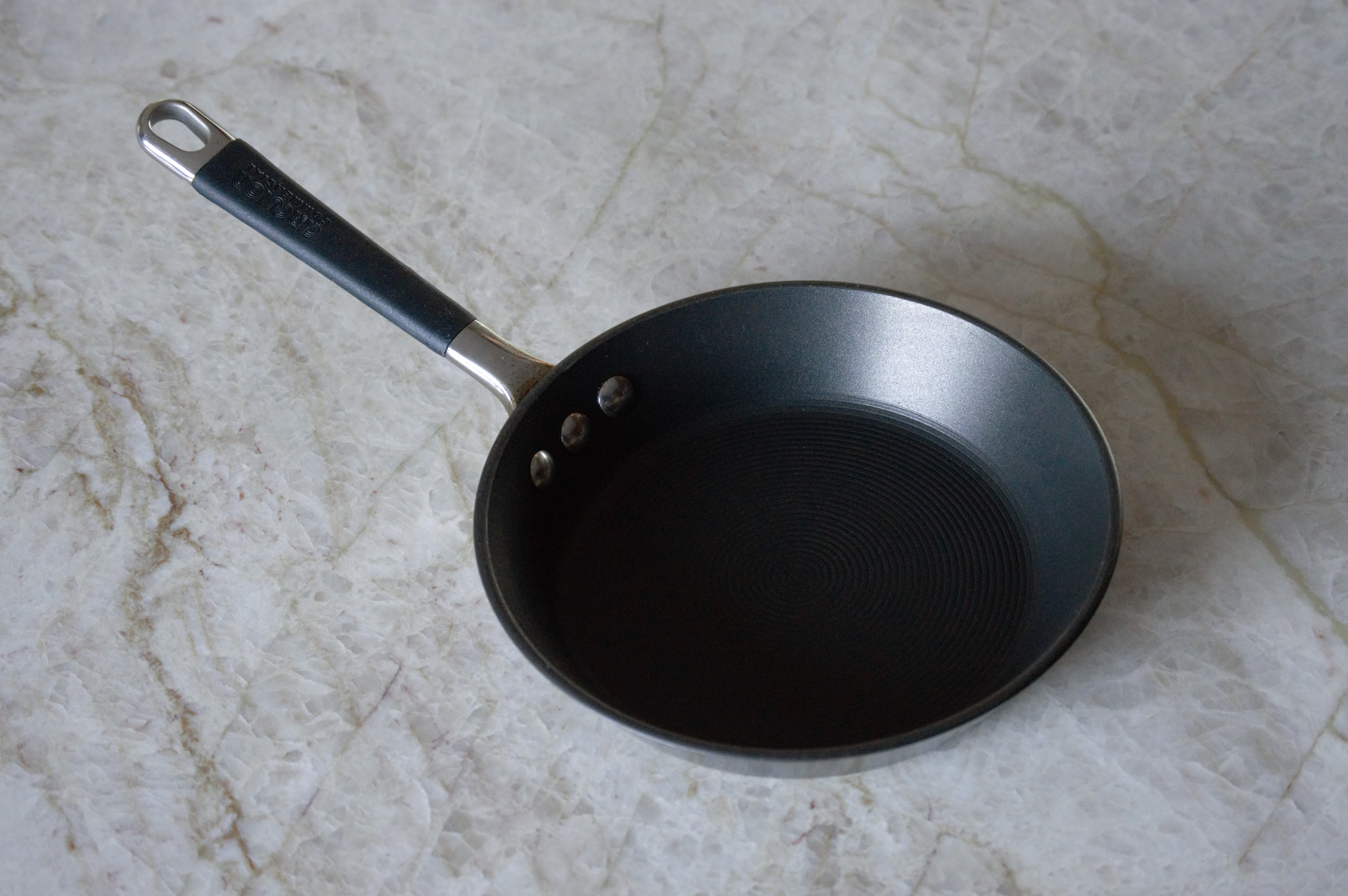
A Circulon pan that is made of aluminum which is coated
Copper – Copper is a very popular material used in cookware, as it has a number of great qualities, and is typically beautiful to look at.
Pros
– Copper heats up and cools down quickly.
– It is an excellent heat conductor, that won’t suffer from hot spots
– It’s great for both high and low-heat applications
– Many people find that copper cookware looks beautiful.
Cons
– It is definitely one of the more pricey materials used in cookware.
– Copper is a soft metal and can dent easily.
– Unfortunately copper is not compatible with induction cooktops.
Cast iron – A tried and true material, that is my personal favorite.
Pros
– Cast iron is without a doubt the most durable material used to make cookware. It is literally as tough as iron.
– When seasoned properly it has great natural nonstick qualities.
– It is great at retaining heat and can stay hot even after the stovetop has been turned off.
– It can withstand extremely high temperatures.
Cons
– It can rust and lose its nonstick qualities if it isn’t properly maintained and seasoned.
– Some can form hot spots.
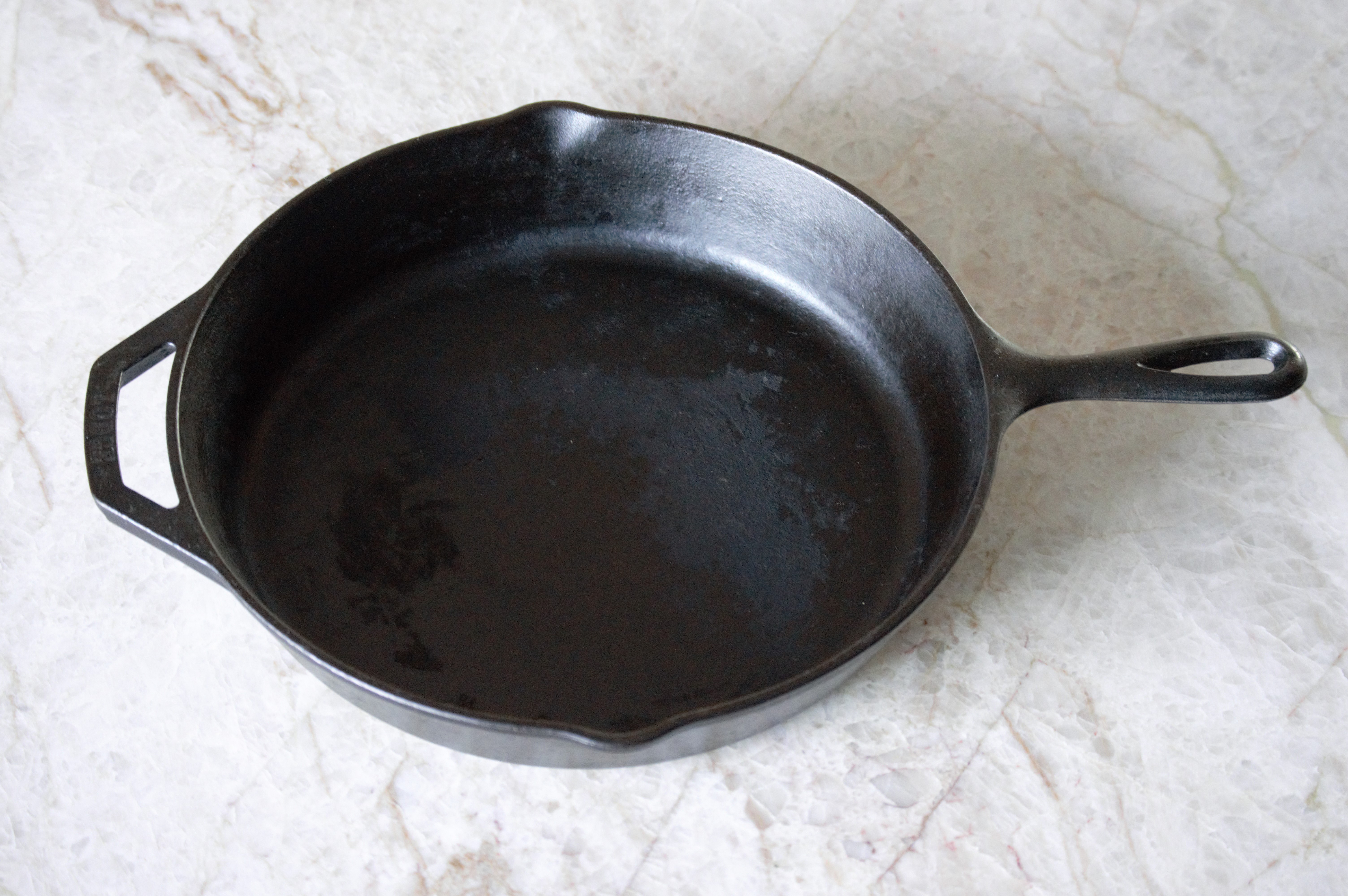
An old cast iron skillet pan
Stainless steel – A popular material found in home kitchens because of its many advantages, and because it is often sold in sets.
Pros
– It is one of the most durable materials used in making cookware.
– Quickly and uniformly heats.
– Unless it has a wooden handle it is oven and dishwasher-safe.
– Great for just about every job found in the kitchen.
Cons
– While not impossible, it is definitely not the easiest to clean.

A stainless steel saucepan
Carbon steel – also known as blue steel, is a very popular material used by professional chefs.
Pros
– It is extremely durable which is why it is very popular with professional chefs.
– It can be used on a normal cooktop, and an induction cooktop.
– It can be quickly wiped clean with a towel, which is great for when you need to cook multiple things in quick succession.
Cons
– Must be hand-washed only.
– It must be maintained by seasoning it regularly.
On to Part 2: The Essential Cookware Set >>>


